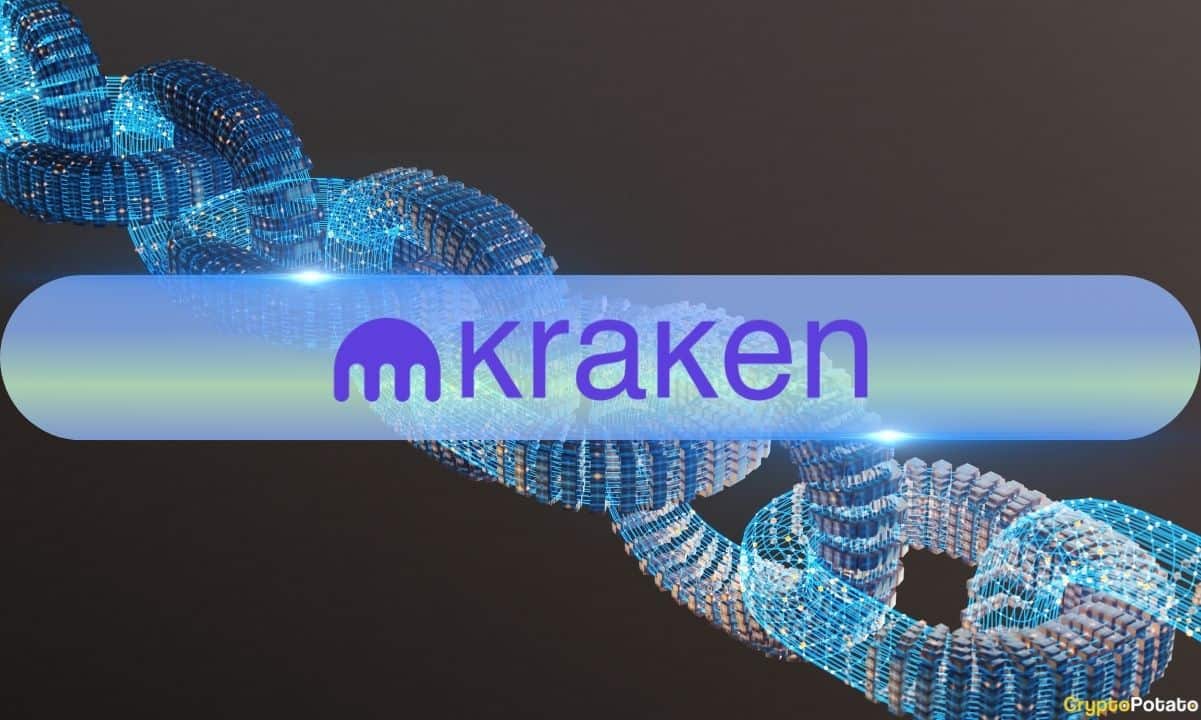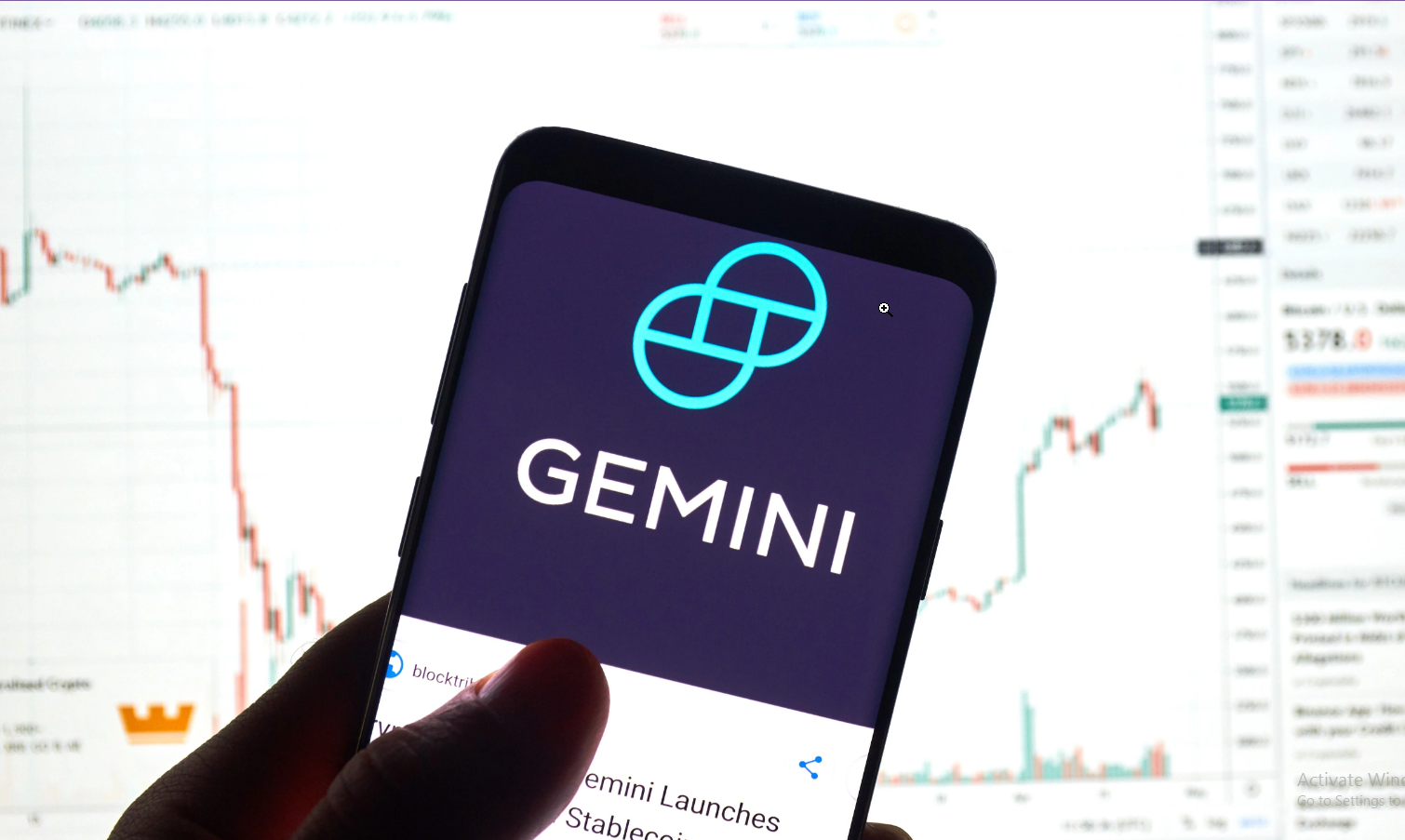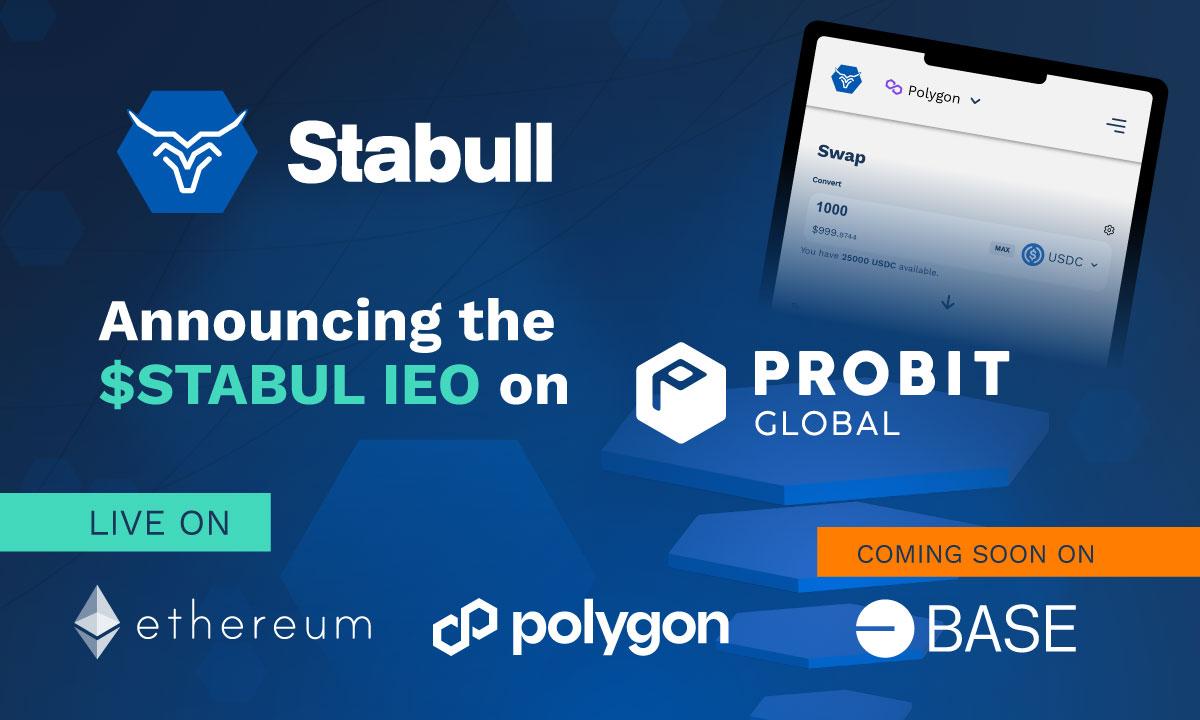With the rapid rise of decentralized finance (DeFi), an increasing number of investors and cryptocurrency enthusiasts are flocking to various DeFi exchanges. For those who are new to this space, a crucial question arises: how do you choose the right exchange for your needs? After all, selecting an appropriate DeFi exchange can help you manage your assets better and enhance your investment opportunities. In this article, I will provide a step-by-step guide on the five key indicators for choosing the right DeFi exchange, so you can navigate this complex and opportunity-filled realm with ease.
Indicator 1: Liquidity
Liquidity refers to the ability of an asset to be bought or sold without significantly affecting its price. In DeFi exchanges, high liquidity typically means you can execute trades quickly without encountering excessive price volatility. For example, in exchanges with high liquidity, buy and sell orders can match quickly, greatly reducing slippage during trading.

To choose an exchange with high liquidity, look at the trading volume for each trading pair. Generally, the larger the trading volume, the higher the liquidity, ensuring that you can buy or sell your investments close to market prices.
Indicator 2: Security
When selecting a DeFi exchange, security is an absolutely critical factor. On-chain attacks, smart contract vulnerabilities, and hacking incidents are common issues. Therefore, it’s essential to ensure that the exchange you choose has robust security measures in place.
Here are some aspects to consider regarding the security of an exchange:
Audit Reports: Check if the exchange's smart contracts have been audited by reputable security firms; audit reports can provide insight into the platform's security.
User Feedback: Browse community forums, social media, and review websites to see what other users think about the exchange, including any past security incidents.
Two-Factor Authentication (2FA): Choose exchanges that offer strong identity verification and cold storage options to enhance account security.
Indicator 3: Fee Structure
Trading on DeFi exchanges involves costs, including trading fees, slippage fees, and withdrawal fees. Understanding these costs can help you evaluate the overall trading expenses on a particular platform.
Typically, different DeFi exchanges have various fee policies. High fees can erode some of your profits, especially during frequent trading. Thus, it’s advisable to compare the fees of different exchanges and select those with transparent and reasonable fee structures. Also, keep in mind that some platforms may periodically adjust their fee schedules, which is another factor to consider.

Indicator 4: User Experience
User experience directly impacts your efficiency in conducting trades and the overall enjoyment of the platform. A good user interface (UI) allows you to execute trades, view your account balances, and implement strategies more easily.
When assessing user experience, consider the following aspects:
Interface Usability: Is the platform’s design simple and intuitive? Are features easy to access?
Response Speed: How does the exchange perform during peak trading periods? Can orders be executed quickly?
Mobile Support: If you frequently trade on the go, does the platform offer a mobile app? The convenience of mobile trading is an important consideration.
Indicator 5: Community and Support
Finally, community support is a significant factor when choosing a DeFi exchange. A strong user community can provide valuable information and assistance, especially when you encounter issues during trading.
Here are some ways to evaluate community and support:
Activity Level: Check whether the exchange’s social media channels and forums are active, and whether users interact frequently.
Customer Support Response Time: Investigate the level of customer support available; if problems arise, how quickly can you get help? In some communities, interactions and support among users can also be vital for problem-solving.

Choosing the right DeFi exchange is crucial for the success of investors. In this article, we explored five key indicators: liquidity, security, fee structure, user experience, and community support. Understanding these indicators can help you make more informed decisions and enhance your trading experience in the DeFi space.
As a beginner, stepping into DeFi exchanges can feel overwhelming. However, if you take these core indicators seriously and align them with your investment needs and risk tolerance, you can find an exchange that suits you best. Remember, investing always comes with risks, and gaining adequate knowledge and information will allow you to navigate this emerging digital finance landscape successfully. I hope this article is helpful, and I wish you great success in your DeFi investments!
















No comments yet